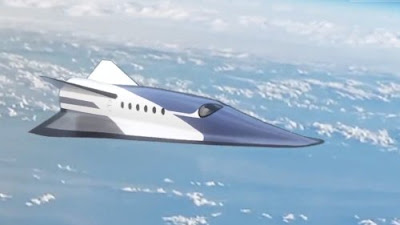New Discoveries for the Hubble Telescope
Hubble Turns 30
Space Missions Ahead
The Hubble Telescope has been
exploring and discovering new
worlds in space for thirty
years. It was deployed in
space on April 25, 1990.
More than anything else, it
has showed mankind the
Universe around us.
Early Years
The first few years of its
space tour of duty were
riddled with technical
problems, particularly with
its mirrors. But new
technology and new cameras
were launched and deployed
by astronauts on Hubble.
Hubble Field
By 1994, it began its riskiest
and richest mission - the
Hubble Field. For ten days
scientists used Hubble to
examine what seemed like a
dark spot in the Universe.
No signs of any brightness,
probably no stars.
What Hubble found were
thousands of distant stars and
galaxies. Those findings,
back in 1994,
have forever changed our
view of the Universe, as
an immense world of
discovery.
What's Next for Hubble
Over the years, Hubble's
journeys have moved deeper
into space for wide field,
celestial surveys like Hubble's
Ultra Deep and eXtreme Deep
Fields. They've revealed
very distant, deep in space
massive galaxy clusters.
With new instruments, Hubble's
future missions include WFIRST
and LUVOIR which will take the
spacecraft deeper and
deeper into space. Hubble's legacy and
its future is to bring the Universe into
closer focus for all of us to
discover.
Space Discovery Reference Source
For a great reference source on
discoveries in space and global
innovations, go to my Amazon
page of books, at amazon.com/author/ekane
...
...
div.fullWidth {
width: 100%;
}
@media (min-width: 575px) {
article {
width: 550px;
margin-left: auto;
margin-right: auto;
}
}
 |
| Source: NASA, ESA Hubble |
Space Missions Ahead
The Hubble Telescope has been
exploring and discovering new
worlds in space for thirty
years. It was deployed in
space on April 25, 1990.
More than anything else, it
has showed mankind the
Universe around us.
Early Years
The first few years of its
space tour of duty were
riddled with technical
problems, particularly with
its mirrors. But new
technology and new cameras
were launched and deployed
by astronauts on Hubble.
Hubble Field
By 1994, it began its riskiest
and richest mission - the
Hubble Field. For ten days
scientists used Hubble to
examine what seemed like a
dark spot in the Universe.
No signs of any brightness,
probably no stars.
What Hubble found were
thousands of distant stars and
galaxies. Those findings,
back in 1994,
have forever changed our
view of the Universe, as
an immense world of
discovery.
What's Next for Hubble
Over the years, Hubble's
journeys have moved deeper
into space for wide field,
celestial surveys like Hubble's
Ultra Deep and eXtreme Deep
Fields. They've revealed
very distant, deep in space
massive galaxy clusters.
With new instruments, Hubble's
future missions include WFIRST
and LUVOIR which will take the
spacecraft deeper and
deeper into space. Hubble's legacy and
its future is to bring the Universe into
closer focus for all of us to
discover.
Space Discovery Reference Source
For a great reference source on
discoveries in space and global
innovations, go to my Amazon
page of books, at amazon.com/author/ekane



Comments
Post a Comment